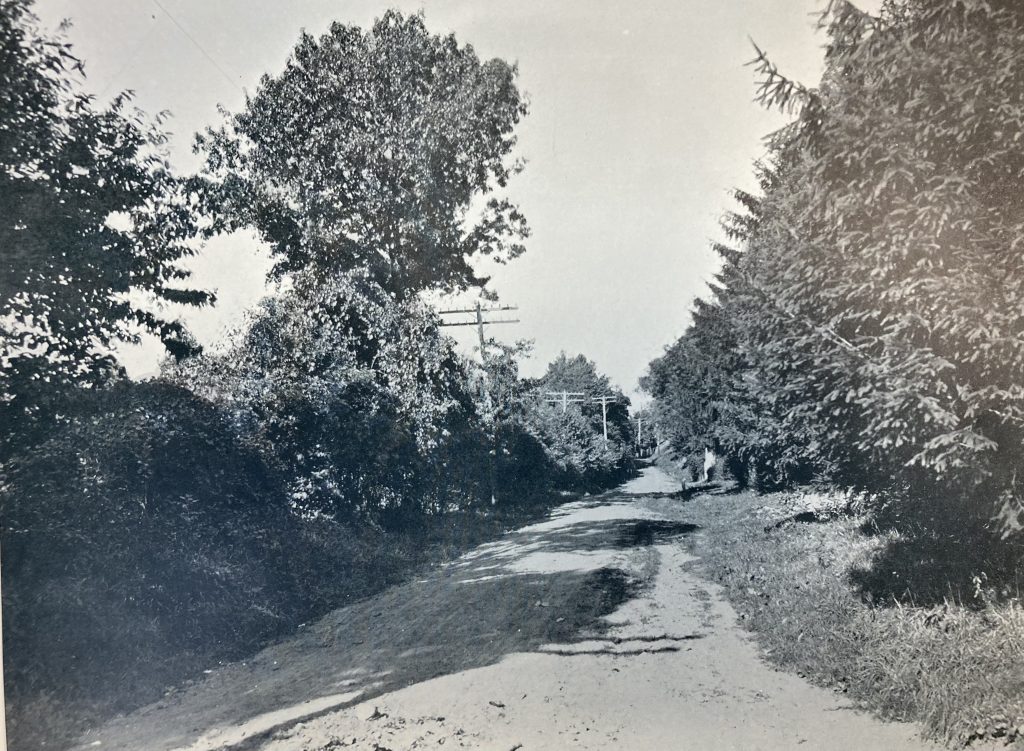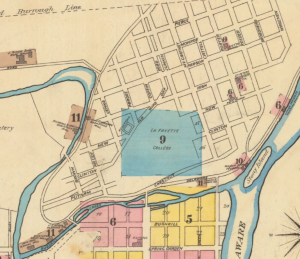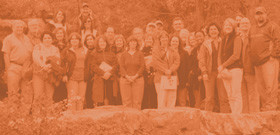The D&L Blog

Exploring Corridor Routes
Written by Wendi Blewett, DLNHC Museum Collections Manager

The term ‘exploration’ has a broad definition but is most often thought of as the action of traveling in or through an area you’re unfamiliar with, but when I hear ‘exploration’, my mind jumps to researching. I picture researching and discovering something new about an historical event, person, or location. As a librarian and the Museum Collections Manager for DLNHC, I get the opportunity to explore every day! When I first started at DLNHC in 2021, one of my first tasks was to create an inventory of materials in our Museum Support Center – I truly felt like an explorer, digging through the forgotten and unknown. I had the opportunity to research and identify a lot of objects I was unfamiliar with, but now recognize easily. There were places and names that I didn’t know, events that I was unaware of…and now I can use the knowledge I’ve gained through that research to help me do my job.
As part of my role as Museum Collections Manager, I provide archival research for people. Someone will email me and Martha (Capwell Fox, our Historian) with a question about how something on the canal worked, where something was located, what happened to this location or company, if we have a certain document or object, or some other historical query. Then I get to start researching their question! Martha and I always joke that we go down rabbit holes whenever we start to research something new. I could spend hours following some interesting fact or tidbit of information, although I try to keep a notebook handy so I can write down anything I discover and want to research – I’d never get any work done if I didn’t!
When it came to researching “Putting Down Routes,” our latest exhibition, we had a challenge; we wanted to talk about the history of transportation, the evolution of certain routes, the effects of travel…it was impossible to know where to start! Luckily, we were able to narrow down our topics to what you see now in the exhibition, but here are a few of the things we explored along the way!
One of the routes we feature in the exhibition is Sullivan’s Trail. A portion of this runs through Easton. It’s known as Sullivan Road now, but it used to be called Old Wind Gap Road. It changed names between 1885 and 1900. This road is on the campus of Lafayette College and now turns into High Street, but it used to continue north to what is now Pardee Street and kept going.
This Sanborn map from 1885 shows its original route, and the picture of Sullivan Road is from the 1900 publication, “Forks of the Delaware”. When we started reviewing old maps, I discovered how interesting the old routes were. I wanted to create an updated version of these routes to see how much they had changed and fell down another rabbit hole. This one took me through hours of late-night scrolling, through old maps and documents, until I found the approximate paths of each of the routes we highlight in the exhibition. I didn’t even end up offering it for use in the exhibition, but it helped me understand the routes and locations much more than I expected.
If you’re interested in seeing how the routes looked in their heyday, you can explore them yourself – through old maps, writings, my interactive map, and even getting out on the road (or trail!) and exploring an area you thought you knew.












